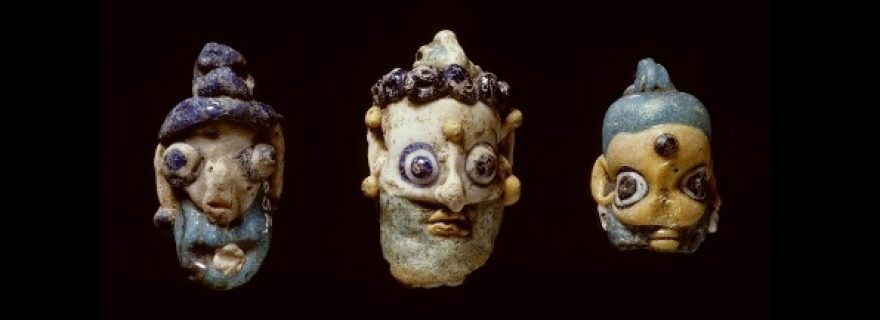Approaching Carthage: Image and Reality
The Byrsa, the hill where the center of ancient Carthage was situated, is not very impressive. The image of Carthage in European collective memory is. Or is it not?
Approaching the old site of Carthage by car does not offer an impressive view. The Byrsa, the site where the ancient center of town was located, is a small, low, unimpressive hill. After 146 B.C. it became even lower, since the Roman conquerors flattened the top to create space for their own new monumental architecture. In the nineteenth century French Catholics built a cathedral on top of all that. Approaching the Byrsa, one sees the cathedral, but the ruins of the legendary ancient town are hardly visible.
This is in striking contrast with Carthage’s fame in history. The conflict between Carthage and Rome, in particular, is well represented in European imagery. Several rulers, such as Habsburg emperors and Napoleon Bonaparte, identified with important military leaders from the wars between Carthage and Rome. Also, the myth about the origin of Carthage, with the Libanese princess Elissa as the founder of the city, has left deep traces in history. The Romans called her Dido and made her fall in love with Aeneas -- a disastrous love affair.
These two themes, the myth of the city’s origin and its turbulent relationship with Rome, were often depicted in prints, drawings, book illustrations, operas, and later in films and computer games. However, how deeply is all this anchored in the collective memory? The National Museum of Antiquities in Leiden, where an exhibition on Carthage is being prepared, has to address this type of questions. For specialists the ‘ins and outs’ of Carthaginian history are ‘common knowledge’, but what can we really consider common knowledge among the general public? What can the makers of the exhibition take for granted and what do they have to explain in texts or other media?
Recent research among museum visitors has shown that hardly anyone knows that ancient Carthage is situated in Tunisia. People know about Hannibal, but are usually unaware of the fact that he came from Carthage. Another reaction was: Carthage? Hasn’t that been destroyed?
Taking these remarks into account, the museum apparently not only has to create an image of Carthage that is accessible for the modern public, but also has to revive memory. Some separate, unrelated aspects of Carthaginian history have remained in collective memory, but a consistent image of Cathaginian history and society is clearly lacking. It is like approaching the Byrsa. At first you do not see a lot, but with a bit of explanation the image gets clearer.
The good thing is that the impressive objects the museum will get on loan from Tunisia already do a lot of the work that we, as museum people are supposed to do. Maybe the main assignment for visitors to the exhibition will be to look at the objects. Naturally the museum is expected to give more information via texts and other media, but one should try to approach ancient Carthage by being open to the agency of the objects.
I wonder with what kind of feeling visitors will leave the museum. Will they go home with more knowledge about Carthage, Elissa, Hannibal and the destruction of the city in 146 B.C., based on what they read? Or will they be more impressed and emotionally touched, based on what they saw? The exhibition makers probably have to aim at both targets, since both approaches are valid ways of experiencing this fascinating ancient town.



2 Comments
great blog and thanks for the post
too late to write this little comment Thank you for this article and that one has a lot to know about this story yet taken in the sense of a tourism product or just a myth to tell. Indeed, we have much to learn from ancient Carthage than the one currently in ruins
Add a comment